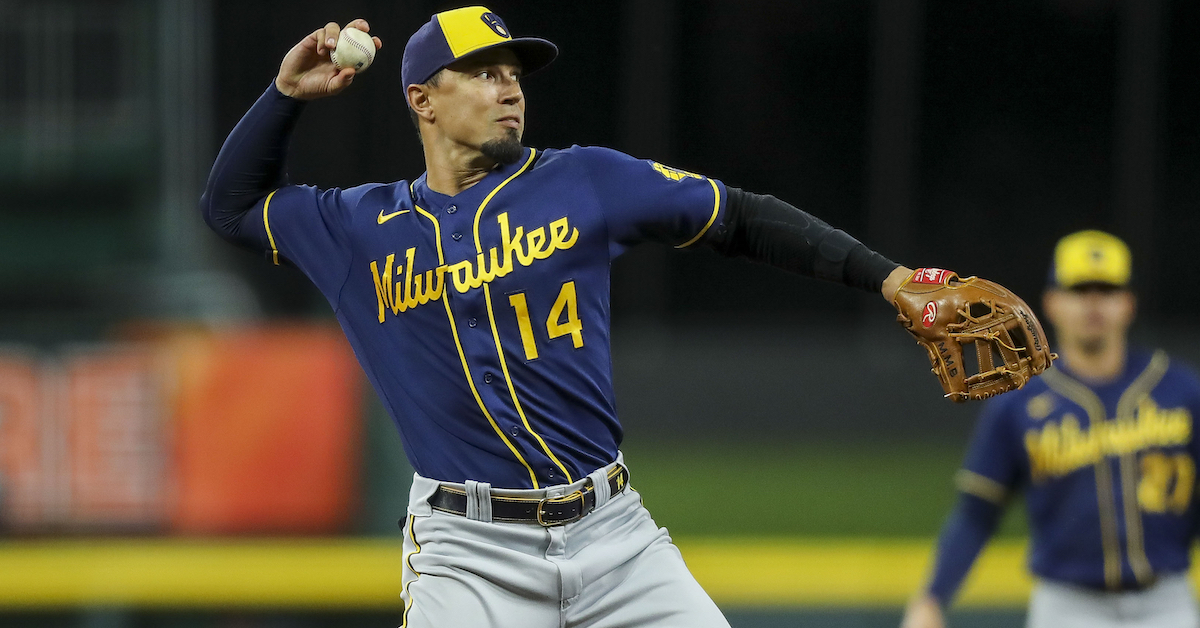Phillies Add Matt Strahm as Caleb Cotham’s Next Project

In Game 1 of the World Series, Phillies manager Rob Thomson made a rather unorthodox pitching change, bringing in Ranger Suárez, his probable Game 3 starter, for the seventh inning. He did so because he wanted a lefty to face the heart of Houston’s lineup, and he had already used his best southpaw reliever a few innings prior. Philadelphia did have a second left-hander waiting in the bullpen – Brad Hand – but in that moment, it was clear Thomson didn’t trust him with the game on the line. Fast forward a couple of months: Hand is a free agent, and the Phillies have a new lefty in his place. On Tuesday at the Winter Meetings, the team signed Matt Strahm for a two-year, $15 million contract, per Jeff Passan of ESPN. By giving him the sixth-largest guarantee for a free-agent reliever this offseason, the Phillies are betting that he’ll pitch well enough that they don’t have to put Suárez back in the bullpen anytime soon.
Strahm received a similar deal as Chris Martin (two years, $17.5 million), but he’s far less proven of a player. A 31-year-old left-hander, he spent last season with the Red Sox, throwing 44.2 innings with 52 strikeouts and a 3.72 FIP. It was a solid bounce-back season after he missed most of 2021 recovering from patellar tendon surgery on his right knee. Indeed, the southpaw has had a career full of setbacks and breakthroughs. He was a 21st-round draft pick who pitched just 30 innings of rookie ball before Tommy John surgery shut him down. Yet when he finally began his professional career in earnest, he was utterly dominant, quickly rising through the ranks of the Royals’ farm system. In 2017, five years after being drafted 643rd overall, he was named a top-100 prospect by this very website.
72. Matt Strahm
Scouting Summary: I’m on Strahm as a starter not just because I think his changeup will progress to average as he continues to make up for lost development time due to injury, but also because he has excellent command of a vicious curveball that he regularly works inside to right-handed hitters. He’ll also run his fastball up to 96.
-Eric Longenhagen
Strahm’s prospect pedigree hinged on his mid-rotation potential, a ceiling he never reached. He was terrific pitching out of the pen in 2018, his first full season, yet the Padres (who had acquired him in a deadline deal in ’17) tried moving him into the starting rotation the following season, and he failed miserably. He wound up back in the bullpen by the All-Star break. He was great again in the second half, and it seemed like he had finally found his calling as a dependable reliever. Unfortunately, that stability didn’t last long, as he had a wildly inconsistent 2020 season and ultimately needed knee surgery in October. He was non-tendered after the 2021 season, and the Red Sox picked him up for cheap.
That’s Strahm in a nutshell: from unheralded draft pick to top prospect to failed starter to solid reliever to injured list to eight-figure free-agent deal. As a result of all those ups and downs, he is still figuring things out at 31 years old. Evidently, the Phillies think they can aid in his self-discovery and turn Strahm into a consistent relief option over the next two years. Read the rest of this entry »









